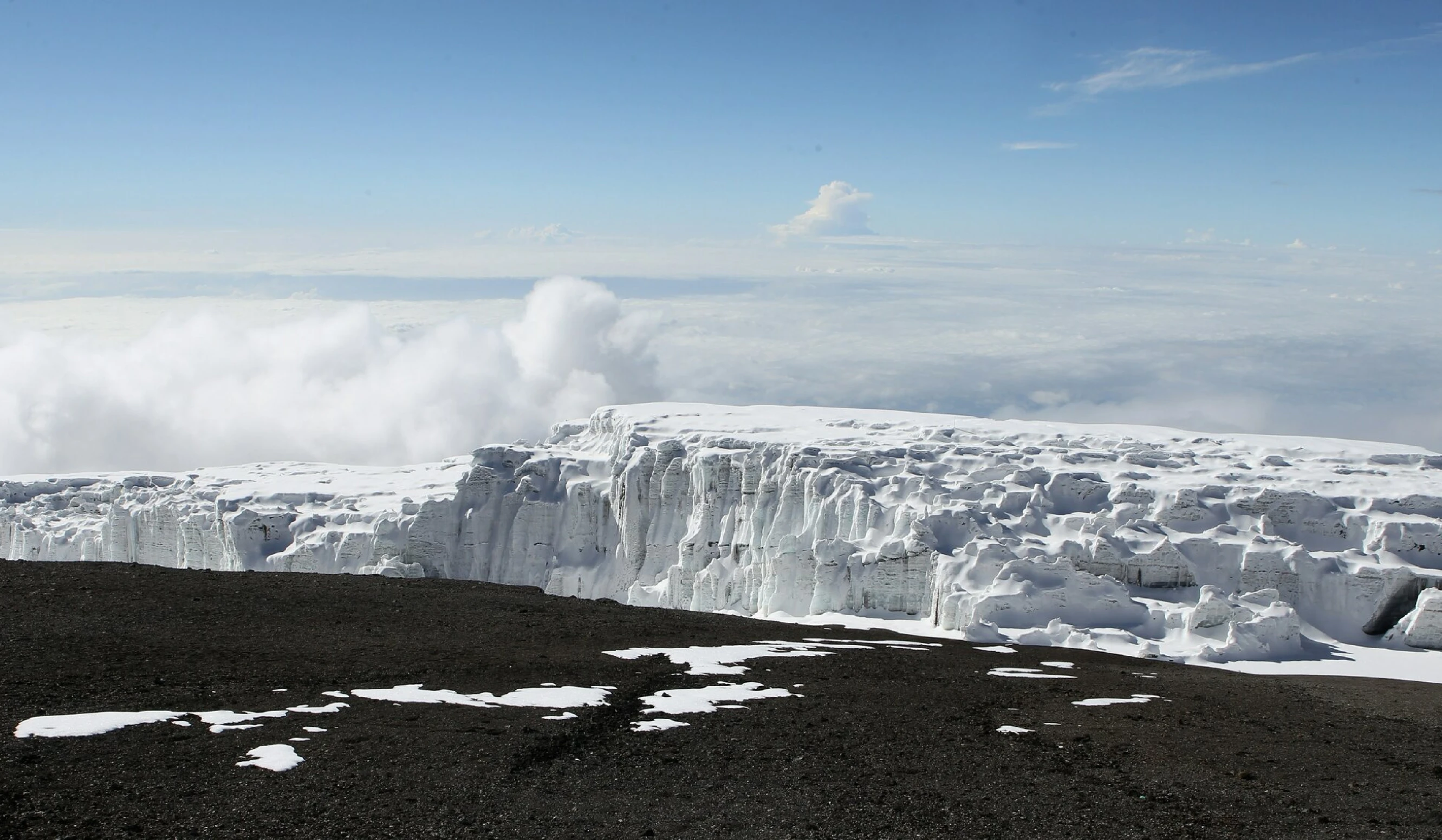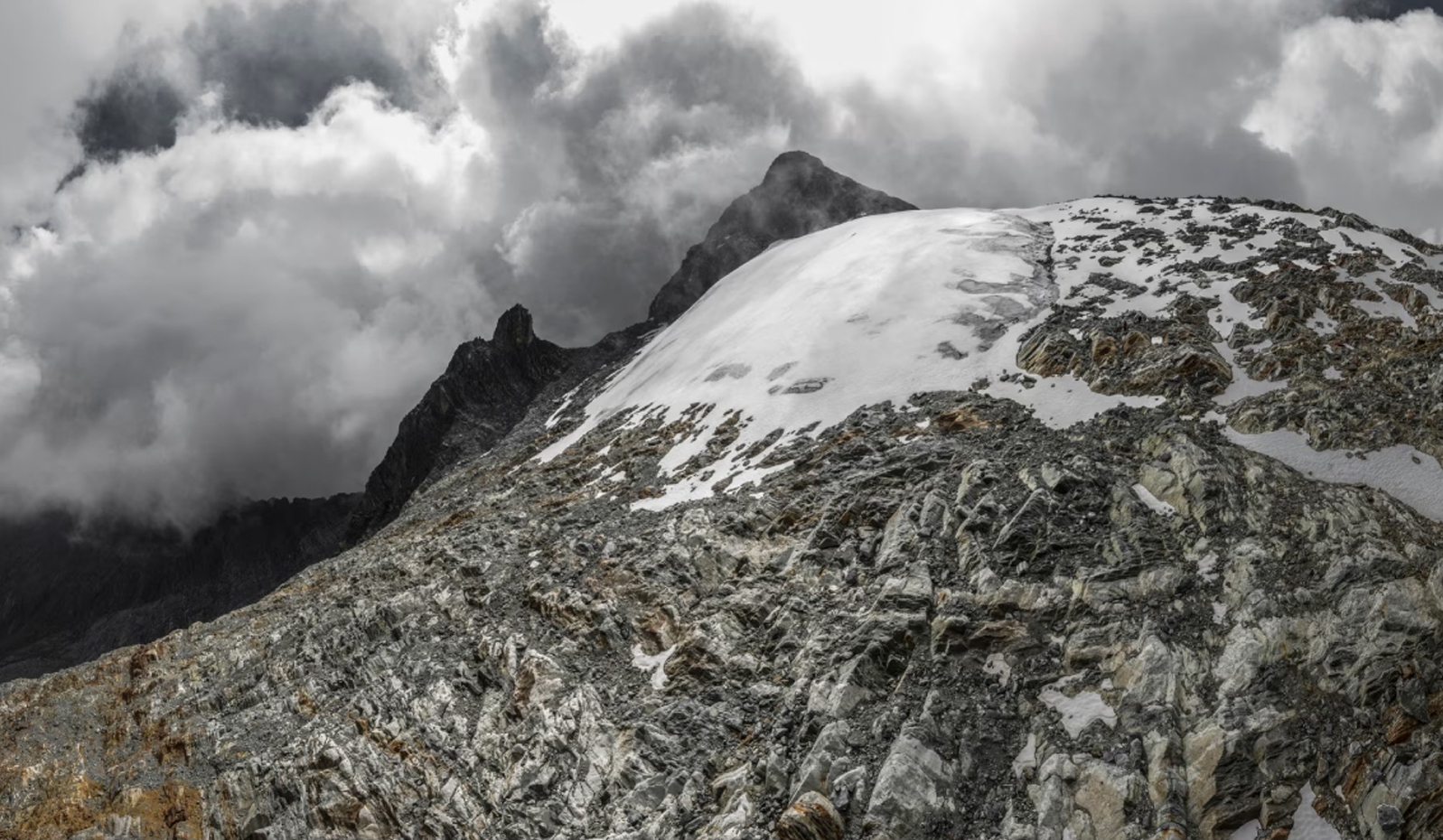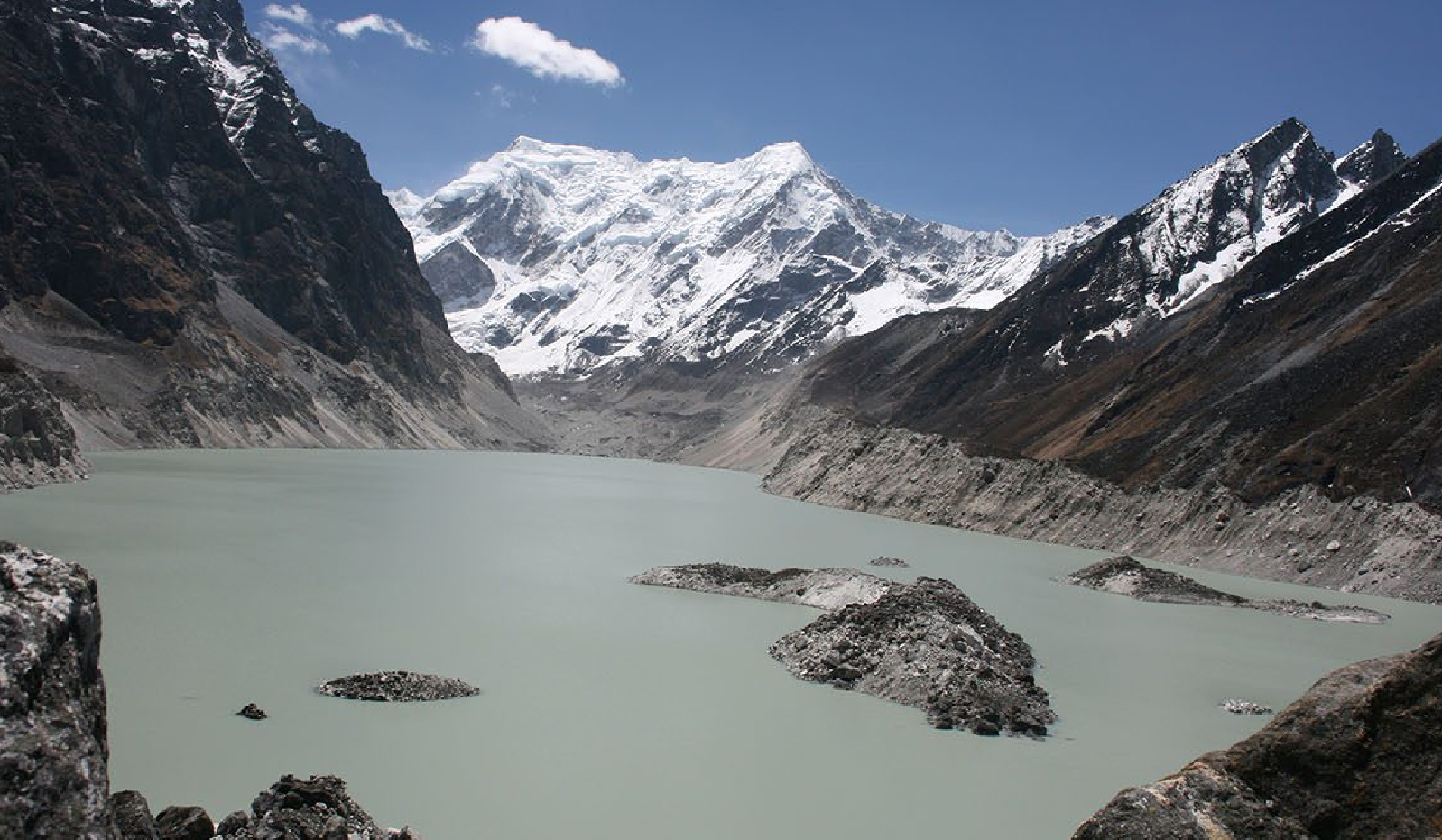In 2014, the Okjökull glacier in Iceland was declared dead after it became so thin that it stopped moving.
- Okjökull was a dome-shaped glacier situated around the summit crater on Ok shield volcano, northwest of Reykjavík (Capital of Iceland).
- Other glaciers that disappeared include Anderson Glacier, Clark Glacier and Glisan Glacier (USA), Baumann Glacier (New Zealand), Calderone Glacier (Italy), Martial Sur Glacier (Argentina), Pico Humboldt Glacier (Venezuela), Pizol Glacier (Switzerland), Sarenne Glacier (France), and Schneeferner Glacier (Germany).
About Glaciers
- Glacier is a large, perennial accumulation of snow and ice that slowly flows over land under the influence of its own weight and gravity.
- Typically, glaciers exist in areas where mean annual temperatures are close to freezing point and winter precipitation produces significant accumulations of snow.
- Importance of Glaciers:
- Water Reservoirs: Glaciers store about three-quarters of Earth's freshwater, making them the largest freshwater reservoirs.
- Food Systems: Glaciers are source of irrigation in many regions while glacial fed rivers make grounds fertile for agriculture.
- Biodiversity: Glacier melt delivers nutrients into lakes, rivers, and oceans, driving blooms of phytoplankton—the base of aquatic food chains.
Impact of Melting of Glaciers due to Climate Change
Initiatives to Protect Glaciers
|






